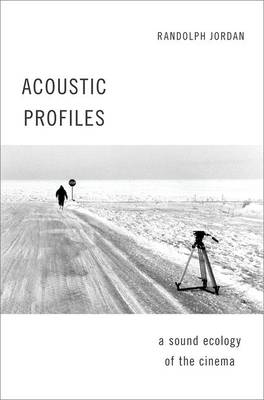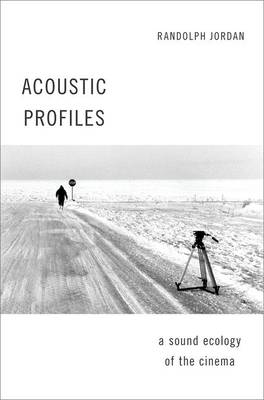
- Retrait gratuit dans votre magasin Club
- 7.000.000 titres dans notre catalogue
- Payer en toute sécurité
- Toujours un magasin près de chez vous
- Retrait gratuit dans votre magasin Club
- 7.000.0000 titres dans notre catalogue
- Payer en toute sécurité
- Toujours un magasin près de chez vous
Description
In Acoustic Profiles, author Randolph Jordan proposes a new model for image-sound analysis that incorporates the vocabulary and methods of environmental studies, specifically exploring the potential of a model based on acoustic ecology. Jordan uses close readings of films to connect the diverse fields of architecture, environmental studies, art history, the history of modernity, and media studies through the tenets of acoustic ecology. In relating ways of thinking about sound from acoustic ecology to film studies and vice versa, Acoustic Profiles takes an interdisciplinary approach to inspire readers to experience cinematic art as a motivator of greater environmental purposes and to understand the role of the media in achieving those purposes. The book's method is referred to as acoustic profiling, a theoretical tool for hearing how filmmakers articulate spatial dimensions in their works. To that end, the book demonstrates how the creative use of media technologies in different fields can be understood relationally through the ecological issues that connect them, revivifying acoustic ecology for media studies while broadening the latter's ecological scope. The book provides a tool kit for readers to hear films with new ears, to think critically about this new listening practice, and to extend that engagement beyond the walls of the screening room by opening works of audiovisual media up to the consideration of soundscape research.
Spécifications
Parties prenantes
- Auteur(s) :
- Editeur:
Contenu
- Nombre de pages :
- 256
- Langue:
- Anglais
- Collection :
Caractéristiques
- EAN:
- 9780190226145
- Date de parution :
- 28-07-23
- Format:
- Livre broché
- Format numérique:
- Trade paperback (VS)
- Dimensions :
- 160 mm x 235 mm
- Poids :
- 376 g

Les avis
Nous publions uniquement les avis qui respectent les conditions requises. Consultez nos conditions pour les avis.






